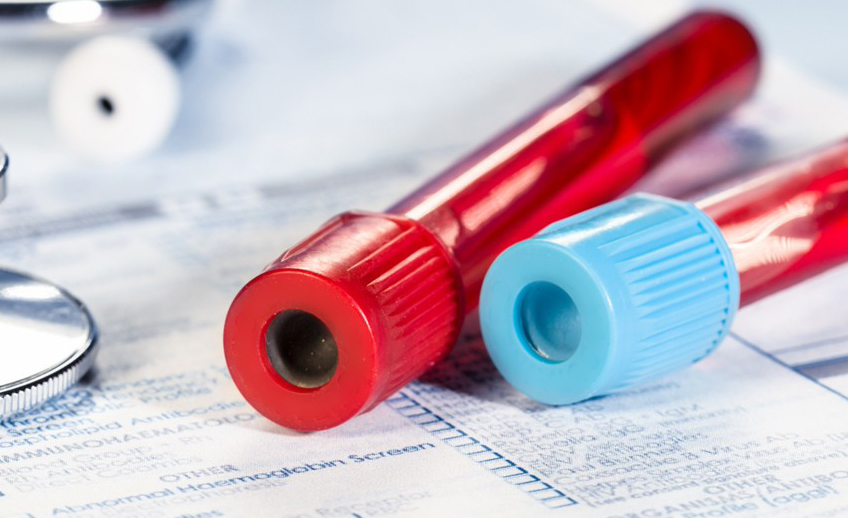Mastering Phlebotomy Draws: Essential Tips for Safe and Accurate Blood Collection
Performing blood draws is a fundamental skill in clinical settings, crucial for accurate diagnostics and patient care. Whether you’re a budding phlebotomist or seeking to refine your blood collection techniques, understanding the best practices can substantially improve safety, accuracy, and patient comfort. This comprehensive guide covers everything you need to know about mastering phlebotomy draws, from essential equipment to practical tips and real-world case studies.
Introduction
Blood collection,or phlebotomy,is a delicate procedure that requires precision,attention to detail,and a thorough understanding of anatomy and safety protocols. Proper technique not only ensures reliable lab results but also minimizes patient discomfort and prevents complications such as hematomas, infections, or nerve injuries. By mastering the essential tips highlighted in this article, healthcare professionals and students alike can perform blood draws confidently and efficiently, elevating the quality of patient care.
Understanding the Basics of Phlebotomy
What is Phlebotomy?
Phlebotomy is the process of collecting blood samples from patients for laboratory testing, transfusions, or donation. The procedure involves accessing a vein, typically in the arm, using sterile technique to prevent infection and ensure sample integrity.
Common Equipment Used in Blood Collection
- Needles and Evacuated Tubes: Usually butterfly or straight needles paired with vacuum-sealed tubes.
- Tourniquets: Used to enlarge veins for easier access.
- Alcohol Swabs: For skin sterilization.
- Gloves: To maintain sterile environment and protect both patient and technician.
- Labels and Documentation: Ensures proper identification of samples.
- Sharps Container: For safe disposal of used needles.
essential tips for Safe and Accurate Blood Collection
Readiness is Key
- Verify Patient Identity: Always confirm patient identity using two identifiers such as name and date of birth.
- Review Order Details: Ensure you understand the tests ordered and any necessary fasting or special instructions.
- Gather Supplies: Prepare all necessary equipment beforehand to avoid delays.
choosing the Right Site and patient Positioning
| Vein Selection | Positioning Tips |
|---|---|
| Median Cubital Vein | patient’s arm should be extended and relaxed on a flat surface. |
| Basilic Vein | less preferred due to proximity to nerves; use with caution. |
| Cephalic Vein | Alternative if median and basilic are not accessible; requires stabilization. |
Ensure the patient is comfortably seated or lying down to reduce fainting risk.
Proper Technique for Blood Drawing
- Apply Tourniquet: 3-4 inches above the chosen site,tight enough to distend veins but not cause discomfort.
- Identify the Vein: Palpate and select a prominent, palpable vein.
- Disinfect the Site: Use alcohol swabs in a circular motion,allowing it to air dry.
- Insert the Needle: Hold the needle at a 15-30 degree angle to the skin, bevel up.
- collect blood: Attach the tube to the needle assembly smoothly and steadily.
- Release Tourniquet: Once the tube fills, release the tourniquet before removing the needle.
- Withdraw Needle and Apply Pressure: Use gauze to apply firm pressure to prevent hematoma.
- Label and Process Samples Immediately: Accurate labeling prevents errors.
Common Challenges and How to Overcome Them
Troubleshooting Tips
- Collapsed Veins: Warm the site or ask the patient to make a fist to engorge vein.
- Patient Fainting: Ensure proper positioning and communicate clearly; give breaks as needed.
- Blood Flow Not Filling Tubes: Reposition the needle, check for technical issues, or choose another vein.
Benefits of Mastering Phlebotomy Techniques
Developing expert skills in blood collection offers numerous advantages, including:
- Enhanced Patient Comfort: Gentle and confident techniques reduce discomfort.
- Higher Sample Quality: Proper collection minimizes hemolysis and contamination.
- Reduced Complications: Knowledge of anatomy and sterile procedures decrease risks of infection and hematoma.
- Professional Confidence: Mastery leads to greater job satisfaction and trust from colleagues and patients.
Practical Tips to Improve your Blood Collection Skills
- Practice on colleagues or mannequins regularly to build confidence.
- Stay updated on best practices through training and certification programs.
- Maintain a calm demeanor and communicate with patients throughout the process.
- Wear appropriate PPE and follow infection control guidelines diligently.
Case Studies: Real-World Examples of Triumphant blood Draws
Case Study 1: Overcoming Difficult Veins
A patient presented with small, fragile veins. By warming the site and using a butterfly needle, the phlebotomist successfully collected the required sample with minimal discomfort, demonstrating the importance of site preparation and suitable equipment.
Case Study 2: Preventing Hematomas
In another scenario, the technician released the tourniquet promptly once the tube was filled and applied adequate pressure after needle removal, preventing hematoma formation. This underscores the need for timely tourniquet management and post-procedure care.
First-Hand Experience: Personal Reflections
Performing your first few blood draws can be nerve-wracking, but with patience and adherence to best practices, confidence grows. Remember, each attempt is an possibility to refine your skills, learn from challenges, and develop a professional approach that prioritizes patient safety and comfort.
Conclusion
Mastering phlebotomy draws goes beyond simply sticking a needle – it involves a combination of technical skill, knowledge, patient communication, and safety protocols. By applying the essential tips covered in this guide,healthcare professionals can ensure safe,accurate,and cozy blood collection experiences for their patients. continuous practice, ongoing education, and attentiveness to each step will help transform novice technicians into confident experts in blood collection. Remember, precision and compassion are key to excelling in phlebotomy and providing exceptional patient care.
